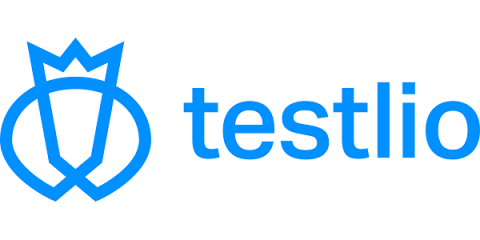Systems | Development | Analytics | API | Testing
Security
In the Driver's Seat with Konnect - Uplevel Your API Management Strategy
Zero Trust Security: The What, Why and How
If you’ve been researching API security, you’ve likely seen the term “Zero Trust.” And you may already know that organizations can use Zero Trust to help protect their APIs from attacks. What you may not know is that Zero Trust is one of the best models for API security. According to Microsoft, “96 percent of security decision-makers state that Zero Trust is critical to their organization’s success.” But what is Zero Trust exactly?
Understand the Differences: API Authentication vs API Authorization
If you landed on this blog post, chances are that you care about keeping your API secure. It’s an important topic to discuss: API exploits are on the rise, and you don’t want unauthorized users accessing your data. A big part of that security is implementing API authentication and API authorization. These API access control measures are a foundational aspect of API security.
How Cloudera Supports Zero Trust for Data
By now, almost everyone across the tech landscape has heard of the Zero Trust (ZT) security model, which assumes that every device, application, or user attempting to access a network is not to be trusted (see NIST definitions below). But as models go, the idea is easier than the execution.
What Is Static Analysis? Static Code Analysis Overview
GraphQL Authorization with Konnect, OPA and OIDC
Testlio and Bugcrowd Join Forces to Deliver Comprehensive Quality and Security with Crowdsourced Testing for More Cost Efficient DevSecOps
ThoughtSpot Sage: data security with large language models
With the recent announcement of ThoughtSpot Sage, we launched a number of enhancements to our search capabilities including AI-generated answers, AI-powered search suggestions, and AI-assisted data modeling. In this article we will walk you through the steps we take to secure your data during the LLM interaction.
How Apigee can help government agencies adopt Zero Trust
With the help of APIs and Google Cloud’s Apigee, government agencies can bring application-based information together to support their objectives. Here’s how.











